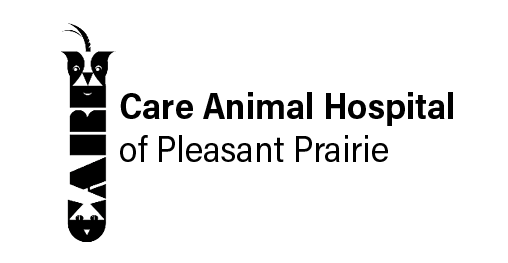Library
-
The two groups of spiders responsible for most medically significant spider bites include the widow spiders (Latrodectus spp., including the black widow spider) and the recluse spiders (Loxosceles spp., including the brown recluse). The clinical signs and treatment of black widow and brown recluse spider bites vary significantly due to differences in their venom.
-
Spinetoram topical (brand name Cheristin®) is an insecticide used to prevent and treat flea infestations in cats and kittens. Avoid use in dogs. It comes in a liquid drop form.
-
Spinosad (brand name Comfortis®) is an antiparasitic used to kill adult fleas and to prevent and treat flea infestations in dogs and cats. It may be used off label (extra label) to treat other parasites and in other animals. It comes in an oral tablet form.
-
Spironolactone is given by mouth and is used off label to treat congestive heart failure, fluid accumulation, and other cardiovascular problems. Common side effects include increased drinking and urinating, mild decreases in energy, mild electrolyte imbalances, or vomiting/diarrhea. Do not use in pets that are allergic to it, have elevated potassium levels, Addison’s disease, acute kidney failure, significant kidney disease, that are not urinating or that may be used for breeding. If a negative reaction occurs, please call your veterinary office.
-
Spironolactone + hydrochlorothiazide is a combination aldosterone antagonist (spironolactone) and thiazide diuretic (hydrochlorothiazide) used to remove excess fluid and salt from the body in cats and dogs. This medication can be used in combination with other drugs to lower blood pressure and for protective effects on the heart muscle. It has also been used in dogs with fluid-up in the abdomen due to liver failure.
-
Spondylosis deformans is a condition that affects the vertebral bones of the spine and is characterized by the presence of bony spurs or osteophytes along the edges of the bones of the spine. Spondylosis deformans is a chronic condition that is associated with aging and most cats show no symptoms. This condition is usually diagnosed from X-rays of the spine. Treatment recommendations depend on the individual cat and whether they are showing any clinical signs, such as pain and difficulty with movement.
-
Squamous cell carcinoma (SCC) is a tumor of the cells that make up the contact or upper layer of the skin. UV light exposure has been described as a developmental factor in people and appears to be associated with its development in cats. Areas affected include the ear tips, skin, toes, or peri-ocular region. Fine needle aspiration or biopsy may be performed for diagnosis. The metastatic rate does not appear overly clear, though staging is always recommended. SCC of the toe can occur as a primary tumor or may have spread from the lung (lung-digit syndrome). Surgery is almost always recommended in any case of SCC; the role of chemotherapy is controversial. Radiation therapy has an excellent response rate in cats with the SCC affecting the nasal planum and may give long-term tumor control.
-
St. John’s wort is given by mouth and is used over the counter to treat pain, depression, anxiety, and other conditions. Give as directed by your veterinarian. The most common side effects include gastrointestinal upset, sun sensitivity, skin reactions, allergic reactions, dry mouth, or restlessness. Do not use in pets that are allergic to it, pregnant, nursing, very young, or very old or debilitated. If a negative reaction occurs, please call your veterinary office.
-
Stanozolol is given by mouth and is used off label to treat poor appetite, anemia, tracheal collapse, and other conditions. Give as directed by your veterinarian. Side effects may include behavior changes, limb swelling, or prevention of heat cycles. Do not use in pets that are allergic to it, are pregnant, breeding, or nursing. Pregnant women should NOT handle this medication. If a negative reaction occurs, please call your veterinary office.
-
Stem cells are unspecialized cells that are capable of renewing themselves though cell division. Under certain conditions, they can become a specific tissue or organ cell. Stem cell therapy commonly refers to the process of placing stem cells from the body into diseased or damaged tissues, such as a torn ligament in the knee or perhaps an arthritic joint. This process is often referred to as regenerative medicine. Adult stem cells are capable of repair and regeneration of various tissues because they have the potential to differentiate into specialized cells of an organ. The most common use of stem cell therapies has been in the treatment of osteoarthritis in dogs and cats. Currently, there are no current guidelines with respect to stem cell therapy. Stem therapy should only be performed by a veterinarian with special training, who understands the benefits and limits of this therapy. It is important to have realistic expectations as positive outcomes cannot be guaranteed.


